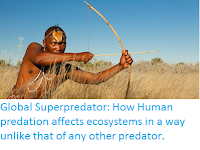The Ruaha Carnivore Project has reported a mass poisoning of Lions and Vultures close to the Ruaha National Park in Tanzania, this week. The organisation investigated after receiving a warning from a radio collar on one of the Lions that the animal had died. They found the bodies of six Lions, the adult female with the collar, plus three female and two male subadults, close to a cow carcass which had apparently been poisoned before being scavenged by the animals. In addition to the Lions, a total of 74 dead Vultures were found at the site, along with four sick Birds which were taken to a treatment centre within the park; one of these Vultures subsequently died, but the remaining three appear to be doing well.
The body of a Lioness found close to the Ruaha National Park in Tanzania, having apparently been poisoned. Ruaha Carnivore Project.
The poisoning of Lions and other predators is becoming increasingly common in Tanzania, and results from the conflict between Cattle-herding communities and wildlife. The population of Tanzania has risen from 25 million in 1990 to 56 million in 2016, prompting the expansion of agriculture and pastoral activities into new areas, provoking conflict with wildlife. Traditionally, predation of Cattle by Lions or other predators would have resulted in the hunting and killing of the animals, but with this now more heavily policed by the authorities, many communities have turned to poisoning as an alternative, in this instance leading to the deaths not only of the Lions, but also the Vultures, probably unintended victims.
The bodies of Vultures found close to the Ruaha National Park in Tanzania, having apparently been poisoned. Ruaha Carnivore Project.
See also...
Follow Sciency Thoughts on Facebook.








